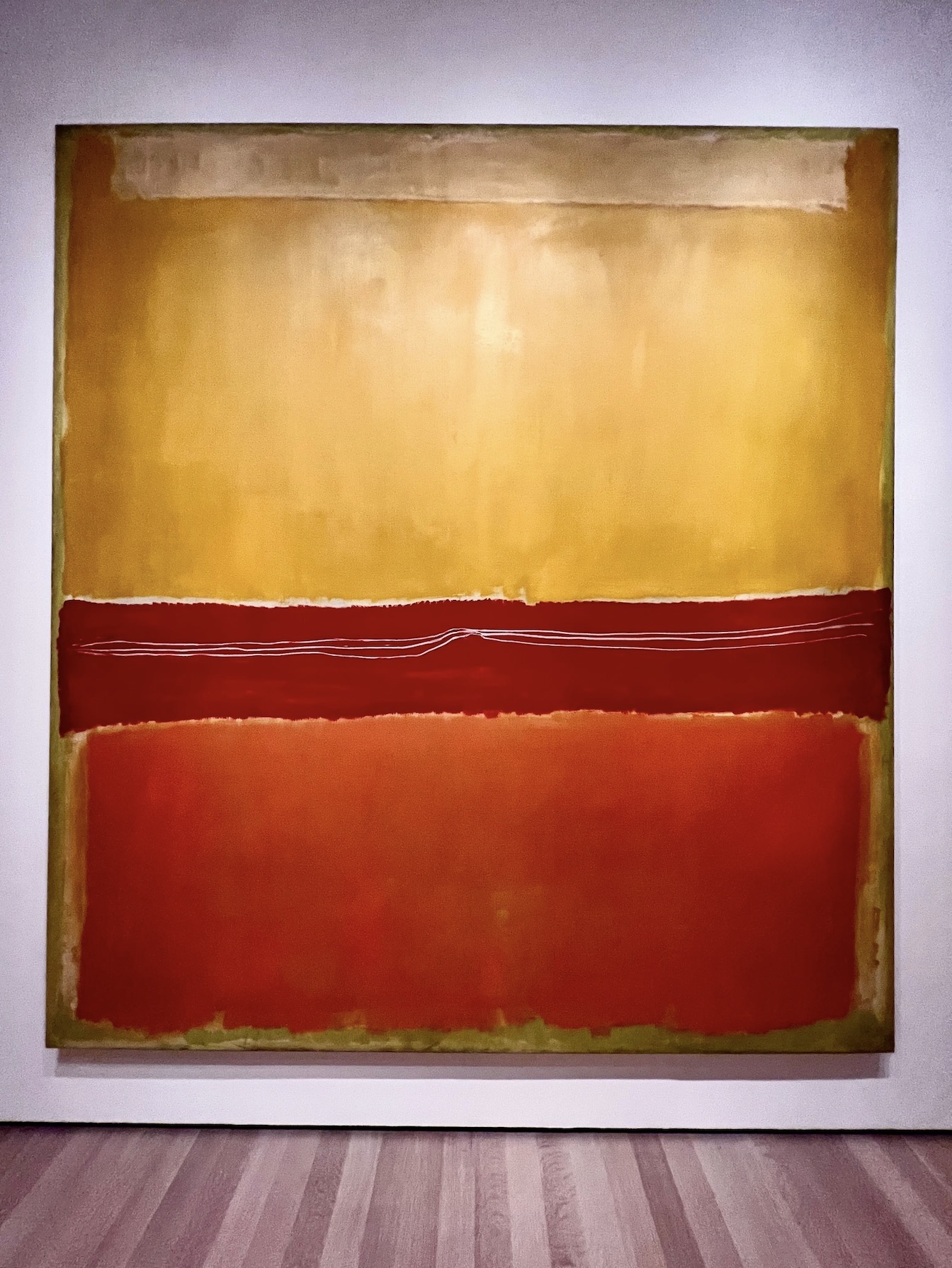Damon Stapleton: Creativity. The Value of the Painted Word.

A blog by Damon Stapleton, chief creative officer, The Monkeys New Zealand.
“There is only one valuable thing in art: the thing you cannot explain.” – Georges Braque
There is a book that caused a lot of trouble around 1975. It is called The Painted Word. It was written by the famous writer Tom Wolfe. It is a critique of modern art and art critics specifically. He summed up what the book was saying about modern art this way.
“Without a theory to go with it, I can’t see a painting.”
His basic point was that, without words, whether they are an explanation or theory, modern paintings have very little meaning and cannot be enjoyed or understood. You cannot just look at the object itself. You have to understand the thinking behind it first. The value therefore came from the explanation rather than the painting itself. Modern art needs words. This irony obviously upset many in the art world calling Mr Wolfe a philistine and many other uncharitable names. People that were not in the art world thought he had a point.
I bring this up because I think this way of thinking will soon be very important in our business. Advertising’s latest buzz word is curation. To be fair, it comes around every couple of years but I feel this year it is having a stronger showing. What is curation? It is making a choice. It is selecting or choosing a piece of work out of many other pieces of work. Or, in our business picking a route, idea or campaign over another.
Now, in the good old days you might have a couple of directions, go to a few meetings and pick a direction and move forward. However, now, in our brave new world, the potential exists to create hundreds of variations and versions instantly. Thousand of options. So how do you decide? Some might say the modern way is to test and learn. Get a few versions, see how people respond and go from there. Perhaps. But even in this scenario choices will have to be made. There will still be opinions because human beings are involved.
I have always said it is easy to have a hundred ideas, but it is hard to care about one. Or, to put it another way, the more options you have the worse it could get.
When you have an infinite amount of stimuli and creativity it loses a lot of its value because it is not special or rare or interesting. It does not stand out. Therefore, for decisions and choices to be made, value will have to be put back into the equation. Anybody who works in the business knows that at least half the effort and time we all expend goes into getting decisions being made. I once had a two hour global meeting with a very senior client where I had to explain how a rabbit is capable of riding a bicycle. This stressed him out greatly. He thought it was unrealistic The fact the rabbit could talk and was wearing a waistcoat however was fine.
My point is making decisions in this business is a weird business. It is never a straight line. Often an idea happens because somebody had an unnatural amount of belief in it to get it across the line. An inconvenient, irrational truth. And, if we think having more choices and options will help that process, we might be incorrect. More options means more decisions. More decisions means more confusion. So, unless humans are completely removed from the process (which could happen) the issue of quantity not giving you quality will remain. After all, curation is just another word for taste. Another very valuable and underrated quality looking forward.
The truth is, as much as humans pretend to be logical we are not. We will always want an explanation or a story to make a decision. Tell me why. Make me care or feel. These things get you to clarity and give you confidence. And hey presto, curation. It is how you make a needle out of a haystack. Or, as an old client used to say if we started to waffle, cut the crap and tell me why I should do this.
In the future, how you make and explain a decision could become more valuable than the choice itself.
Or, the more ‘creative’ choices you have at your fingertips, the more painted words you will need.
Caveat emptor.
